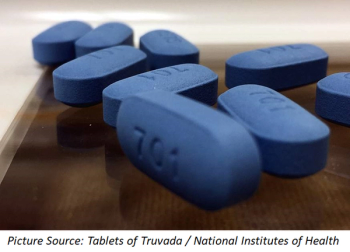
Phase 2 study finds that the use of daily oral Truvada as a means of HIV prevention is safe and acceptable.

Phase 2 study finds that the use of daily oral Truvada as a means of HIV prevention is safe and acceptable.

Scientists make an interesting connection between bats and detecting undiscovered disease.

In a time of growing population and dependence on food, what methods are the best to use for food safety detection?

Researchers reported at the 9th IAS Conference on HIV Science that a HIV-infected child who had been treated in infancy has maintained remission without drugs since 2008.

A recent study finds that the majority of HIV-infected transgender women are anxious about taking ART and feminizing hormone therapy simultaneously due to hazardous drug interactions.

Universal health coverage comes at a price but can countries afford it?

WHO and IAS come together to create the first-ever global research prioritization agendas at the 9th IAS Conference on HIV Science in Paris, France.
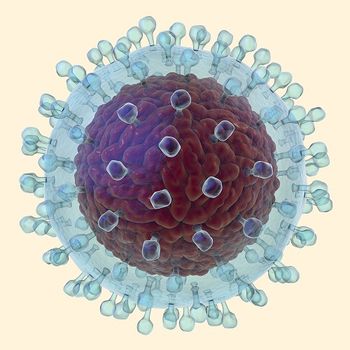
Study finds that hepatitis C patients who had reached sustained virologic response using direct-acting antiviral drugs show a considerably reduced risk of the most common type of liver cancer.

A recent WHO news release reports that infant immunization rates continue to fall short of the global immunization target of 90%.
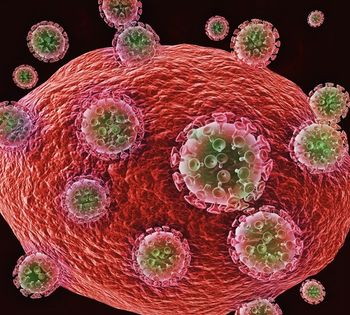
The results of a phase 2 trial for a 2-drug regimen of long-acting cabotegravir and rilpivirine and a 3-drug regimen in patient with HIV showed comparable viral suppression rates at 96 weeks.

Researchers from Dartmouth College’s Geisel School of Medicine have found that pregnant women with a history of HSV-1 maintain active antibodies against the virus that can be passed on to their newborns.

A team of researchers assesses the impact of “Rory’s Regulations,” a set of mandates for hospitals in New York State that establish protocols for the diagnosis and treatment of sepsis.

The World Health Organization (WHO) recently sent out a global alert warning of the growing threat of resistance to HIV drugs.

A systematic review analyzes the opportunity to provide coordinated care for HIV and noncommunicable conditions.

Women with HIV are at higher risk of having potentially cancer-causing HPV in their anal canals, raising questions about how best to screen this population.

The polio vaccine (mOPV2) has arrived in Deir Ez-Zor governate, as health officials are working on the implementation of immunization campaigns to stop transmission.

Outbreaks of measles have resulted in over 14,000 infections and the loss of 35 lives across Europe since January 2016.

Research coming in from Fernandes Figueira-Fundação Oswaldo Cruz finds that when it comes to diagnosing Zika virus infection in newborns, the eyes may have it.

Doctor Without Borders is criticizing countries and government agencies alike for seemingly downplaying the impact of tuberculosis around the world.

Although the yellow fever outbreak that has affected several Latin American countries has eased since the end of summer, health officials say new cases are still springing up in some areas.

The new Senate healthcare bill released last week has died on the vine, even before it was formally put forward for deliberation and vote.

Ebola virus tracking and mechanisms to detect threats to our national food supply are highlighted.

The FDA has approved Gilead Sciences’ Vosevi for the treatment of adults with chronic hepatitis C virus genotypes 1-6, without cirrhosis or with mild cirrhosis.

Researchers from the Maryland Department of Health and Mental Hygiene have found that pet owners are at increased risk of encountering ticks.

A research team from the Netherlands turns to deep sequencing technology to detect hepatitis C virus resistant variants.

The results of a new study reinforce the importance of performing stethoscope hygiene.

A team of investigators are dedicating their efforts to pinpointing a source of the E. coli outbreak that has sprung up on the Utah-Arizona border.
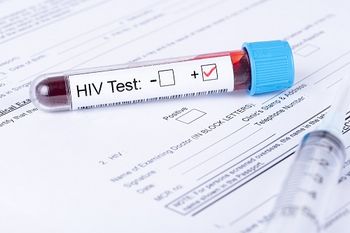
A study published in Oxford University Press evaluates the effectiveness of several HIV diagnostic tests.
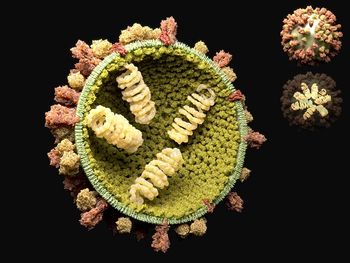
The results of a new study have revealed that that classic “beads on a string” model of the influenza A virus may not be entirely accurate.